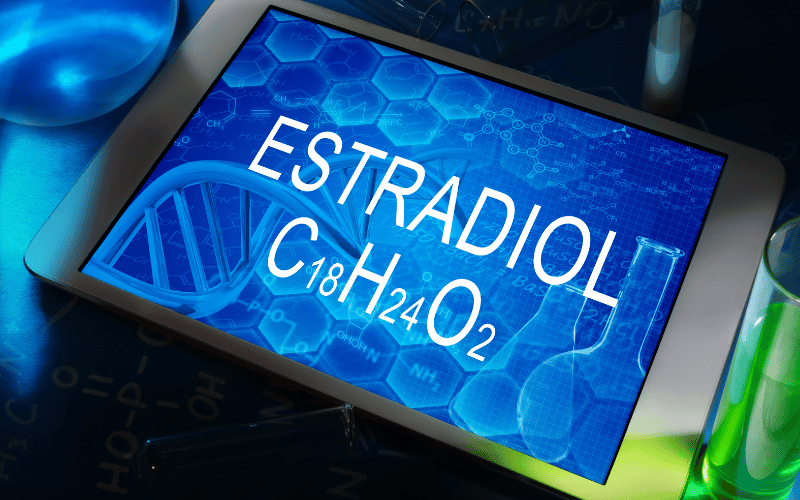8. Hormones and Havoc: The Estradiol Connection

You’d be forgiven for not linking femoral hernias to hormones at first glance. However, estradiol, a form of estrogen, has been implicated in the development of femoral hernias in women. This hormone, central to the female reproductive system, plays a perplexing role when it comes to this medical condition.
How does a hormone primarily responsible for regulating the menstrual cycle become a villain in the femoral hernia narrative? Estradiol contributes to the elasticity of tissues, including those in the abdominal wall. This becomes a double-edged sword; while elasticity is generally a good thing, it can sometimes create a weak point in the abdominal wall, ripe for a hernia to form.
Research in this area is ongoing, but preliminary studies point to a correlation between estradiol levels and the incidence of femoral hernias. This is particularly interesting because it adds another layer to the gender bias already present in femoral hernias. It’s not just anatomical differences, but also hormonal factors, that contribute to the increased prevalence among women.
Add to this the common use of hormone replacement therapy (HRT) post-menopause, often involving estradiol, and you have a complex interplay of factors affecting the abdominal wall and femoral canal. Managing this hormonal balance becomes a less-discussed but significant aspect of hernia prevention and management. (8)